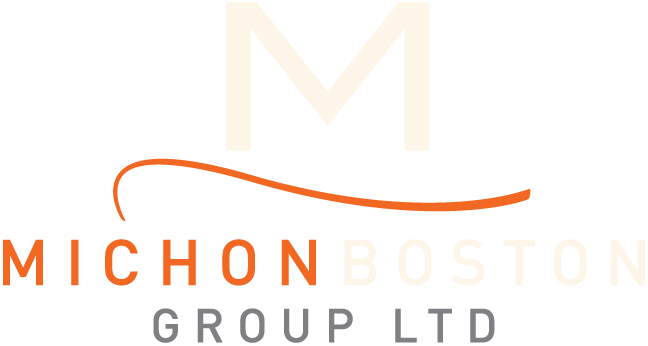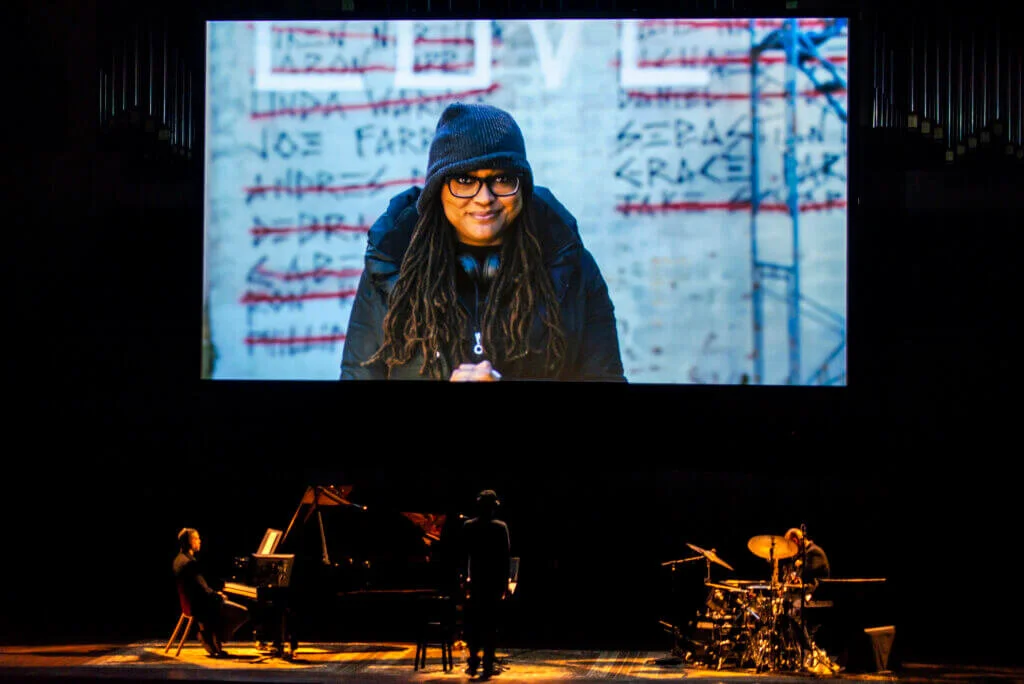Pivoting to Possibilities
Ava DuVernay on screen for 13TH concert screening in the Kennedy Center Concert Hall. Photo credit:: Cheryl Crim
In my 10 years of impact work there’s never been a plan that didn’t require a pivot. But no one could predict the upheaval of the past several months with the COVID pandemic triggering…
No time for strategic planning
Venues closing quickly
Cancellations for multiple public screening events
Lockdown protocols unevenly implemented
Presenting virtual content and conversations has been in my toolkit all along, intermittently implemented. Because of COVID the nimbleness that comes with impact work served as a foundation for the virtual events and streaming that have become primary options for presenting media engagement events for now and the foreseeable future.
I’m sharing some pivotal moments and best practices I’ve collected in the virtual space:
A live streaming event is a live television production even when the magic is coming from laptops
This is a production and that requires more detailed planning, an outline scripting, a director, production staffing, and graphic design. You need rehearsals with participants and your production team. During this pandemic, the places we call home have become the control room and studio.
The hybrid —combining live, streamed, and pre-recorded elements — will become a standard
The hybrid model has always existed, but it requires planning, staffing, negotiations around content for every layer of the event (live, recorded, streamed etc.). My last live pre-COVID event — a concert screening of Ava DuVernay’s 13TH for the 19th amendment centennial project 2020 One Woman One Vote (OWOV) Festival with the John F. Kennedy Center for the Performing Arts–was planned as a film screening with live music by composer Jason Moranand Q&A with director Ava DuVernay. (Photo credit for 13TH event: Cheryl Crim)
Those plans pivoted to a hybrid event due to production scheduling and traveling concerns for DuVernay, who presented a pre-recorded message before joining the event virtually. Read more about the 13TH concert screening event on the OWOV Festival website.
Cast a wider net for guest speakers
I’ve used live video streaming as an option for speakers who are unable to travel or presenters with limited resources for speaker accommodations and transportation. Most events have been cancelled or switched to a virtual format from now through the end of the year. This expands the possibilities to invite speakers from across the nation and around the globe to participate on a virtual panel.
Know your guest speakers’ technical capacities for participating well in advance, and have staffing to navigate them through the process
We have a patchwork landscape of laptops, desktops, smart phones, tablets, broadband service, mic and camera devices. And we have people who are using technology for the first time.
Having someone on your team who is knowledgeable, patient and able to explain things clearly without a lot of technical jargon will make everyone happy. They will also work with participants on lighting and audio to make everyone look good.
Online panels and conversations have to be visually engaging and not just talking heads
Screen shares are great to display Powerpoint, video, and images selected for the event. The feature works best when someone is assigned to cue and display the content. I moderated a panel presented by the Massachusetts African American History Museum featuring the participants and co-director for River City Drumbeat, the intergenerational story of the River City Drum Corp of Louisville, KY. The virtual panel was hosted by GBH (formerly WGBH) Forum Network. The forum’s producer filed several clips from the documentary to play back using screen share. The clips worked as thematic transitions during the panel and guided the conversation in terms of content and pace. You can watch that event here.
Two Moderators are Better than One
Moderating online panels requires focus on two fronts—to navigate the conversation with the guests, and be on alert for cues coming from your team behind the scenes.
I assign a second moderator to the audience when chat or the Q&A box are activated. The second moderator also acts as an editor during the panel, adding content including polls, website links, additional information, reminders, and general housekeeping for the event. Some chat moderators are able to address technical issues from the audience,
Pay attention to what’s happening in the background
The preference is to have all “quiet on the set” during a live Q&A but some things are beyond a person’s control. Children and pets in the background can steal the show and provide an adorable real-life moment depending on the topic. This provided a magical moment in 2017 for a public screening of Real Boy about the journey of acceptance between a trans gender teen and his mother. Our guest speakers were unable to attend in person, but available to participate via Skype. During the on-screen live Q&A we saw their daughter playing on the stairs in the background.
But when real-life becomes a distraction the back up options include
pivoting to screen share content (slides, video, photos)
switch to presenter view and another speaker
Books are the most common backdrops and also windows to the presenter’s thoughts, ideas, and tastes when curated for display. I’m using books as an extension of the conversation theme. For a corporate staff presentation on the Nobel-prize-winning author Toni Morrison I prominently displayed a novel by the author on the background bookshelf while moderating a discussion with a Morrison scholar and photographer. The scholar used the photo background feature in Zoom displaying a beautiful staircase from a train station as her background.
Virtual photo backgrounds can be used to…
Extend a brand (like a step and repeat)
Protect privacy
Allow the speaker to be seen in a different and beautiful setting
Promotion is relational
There’s A LOT of online content to compete with now. Promoting virtual events is about 1-on-1 messaging, friend- to-friend.
People trust who they know. Making meaningful and mutually beneficial connections with partners and organizations that have an engaged constituency is important to build audience advocates. It’s helpful to create social media assets for partners, volunteers, fans, and guest speakers to share with their followers and friends.
For an online screening of Recorder: The Marion Stokes Project presented by WHUT Howard University Televisionas part of ITVS’s Indie Lens Pop-Up engagement initiative, the survey answers revealed:
Word of mouth drives attendance—50% of attendees heard about the event from a friend, colleague, etc.
It was the first ILPOP event for 80% of attendees
Since March Indie Lens Pop-Up events have pivoted to digital screenings using OVEE, the public media digital engagement platform. You can find more information about OVEE at ovee.itvs.org.
Accept the challenge and manage expectations
Your rehearsal and tests are perfect, but then day of something goes wrong with the platform, or the broadband, or anything else beyond your control. I’m totally dependent on these streaming platforms to present virtual events. Their technical challenges are my technical challenges. You have to have a backup because none of this is flawless. Stay current with software and streaming updates, new features, and training videos/webinars. Overall having a user friendly platform is good but having great customer service from that vendor is even better.
On-the-ground engagement is still important and effective
There’s definitely an uneven broadband and internet infrastructure aka the “digital divide” to reach the people who will most benefit from engagement conversations, content, and connections. The COVID emergency makes this more evident. An on-the-ground in-person strategy with familiar messengers, ambassadors is still very effective and necessary. But any on-the-ground work must be coordinated in compliance with PPE protocols to protect the messengers and the communities they engage. The care and safety of the people and communities we engage is the priority of any and all impact work.
Coming together
Though we’re seeing a revival of the drive-in, and experiments with live events using social distancing seating, things aren’t where they were before COVID. We have a goal to safely come back together in physical spaces. The virtual venue has limitations and challenges, but for persons who couldn’t access the physical spaces before, the virtual event has been a bit of a boost.
Successful impact connects people to build their collective ability to make a difference. That doesn’t require large audience numbers, though that often is the bottom line qualifier. Media engagement will look different than it did pre-COVID because of what we’re all doing and learning now. We don’t have a complete picture of that future yet, but each day we pivot towards new possibilities.


